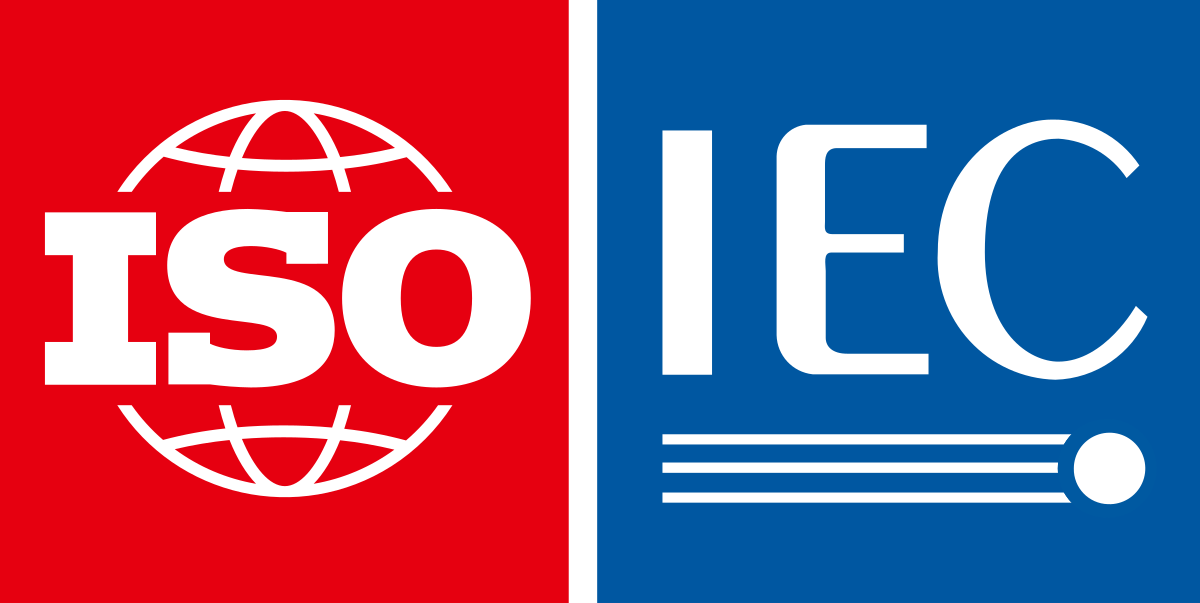Should I Focus on Profit or Brand First?
Explore the strategic balance between building a strong brand and driving immediate profitability for sustainable business success.
The Profit vs. Brand Dilemma
The question of whether to prioritize profit or brand building is one of the most fundamental strategic decisions businesses face. It's rarely a simple either/or choice, but rather a question of emphasis and resource allocation that evolves throughout a company's lifecycle.
Both profit and brand are essential for long-term success. Profit provides the resources needed to sustain and grow your business, while a strong brand creates differentiation, customer loyalty, and pricing power. The challenge lies in finding the right balance for your specific situation.
Comparing the Profit-First and Brand-First Approaches
Let's examine how these two approaches compare across key business dimensions:
| Aspect | Profit-First Approach | Brand-First Approach | Advantage |
|---|---|---|---|
| Short-Term Impact | Immediate revenue and cash flow | Limited initial financial returns | Profit-First |
| Long-Term Value | May limit growth potential | Creates sustainable competitive advantage | Brand-First |
| Resource Requirements | Lower initial investment | Higher upfront investment | Profit-First |
| Market Position | Potentially vulnerable to competition | Stronger differentiation and loyalty | Brand-First |
| Scaling Potential | May face scaling challenges | Easier to scale with established brand | Brand-First |
| Business Valuation | Valued on current earnings | Valued on growth potential and brand equity | Situational |
The Case for Profit First
Prioritizing profitability offers several compelling advantages:
Survival and Sustainability
Without profit, businesses eventually run out of resources. Focusing on profitability ensures you can sustain operations, weather downturns, and fund future growth independently.
Operational Discipline
A profit-first approach forces operational efficiency and financial discipline. This creates a strong foundation for scaling and prevents wasteful spending.
Investor Confidence
Demonstrating profitability (or a clear path to it) builds investor confidence and can lead to better terms when raising capital.
Independence and Control
Profitable businesses have more strategic freedom and are less dependent on external funding, which often comes with strings attached.
The Case for Brand First
Prioritizing brand building also offers significant advantages:
Sustainable Competitive Advantage
A strong brand creates differentiation that competitors can't easily replicate, protecting your market position and reducing price sensitivity.
Customer Loyalty and Advocacy
Brand-loyal customers have higher lifetime value, are less price-sensitive, and become advocates who drive organic growth through referrals.
Premium Pricing Power
Strong brands can command premium prices, potentially leading to higher profit margins once established.
Talent Attraction and Retention
Companies with strong brands attract better talent and often experience lower employee turnover, creating operational advantages.
Finding Your Strategic Balance
The right approach depends on your specific business situation. Here are recommendations for common scenarios:
Bootstrapped Startup
Limited resources require focus on survival and sustainability
Venture-Backed Startup
External funding provides runway to establish market position
Established Business Entering New Market
Existing resources allow for simultaneous investment in both areas
Commodity Product/Service
Differentiation is essential to avoid price competition
Highly Competitive Market
Standing out is critical for survival in crowded markets
Common Mistakes to Avoid
When navigating the profit vs. brand balance, watch out for these pitfalls:
Strategic Pitfalls
False Dichotomy Thinking
Viewing profit and brand as mutually exclusive rather than complementary goals
Short-Term Profit Maximization
Sacrificing brand building and customer experience for immediate profits
Vanity Brand Building
Investing in brand without clear connection to business outcomes
Ignoring Market Realities
Failing to adapt your approach based on competitive landscape and market conditions
The Balanced Approach: Profit and Brand in Harmony
For most businesses, the optimal strategy is not choosing between profit and brand, but finding the right balance at each stage of growth:
Foundation Phase
Profit Focus:
Establish viable unit economics and positive cash flow
Brand Focus:
Define core brand identity and positioning
Key Metrics to Track:
Growth Phase
Profit Focus:
Optimize margins and operational efficiency
Brand Focus:
Expand brand reach and deepen customer relationships
Key Metrics to Track:
Scaling Phase
Profit Focus:
Invest profits strategically for expansion
Brand Focus:
Leverage brand for new markets and offerings
Key Metrics to Track:
How Brand Building Drives Profitability
It's important to understand that brand building, when done effectively, ultimately contributes to profitability through several mechanisms:
Lower Customer Acquisition Costs
Strong brands generate more organic traffic, referrals, and word-of-mouth, reducing the cost of acquiring new customers.
Higher Customer Lifetime Value
Brand-loyal customers tend to stay longer, purchase more frequently, and spend more per transaction, increasing their lifetime value.
Premium Pricing Ability
Established brands can command price premiums of 10-40% over generic alternatives, directly improving profit margins.
Resilience During Downturns
Strong brands typically experience less volatility during economic downturns, providing more stable revenue and profitability.
How Profitability Enables Brand Building
Conversely, profitability provides the resources and stability needed for effective brand building:
Investment Capacity
Profitable businesses can invest more in brand-building activities like marketing, customer experience, and product innovation.
Patience for Long-Term Results
Financial stability allows companies to pursue brand initiatives that may take time to show returns but create lasting value.
Ability to Maintain Quality
Profitability enables consistent delivery of the quality and experience that builds brand reputation, without cutting corners.
Independence from External Pressures
Companies with strong profits can resist external pressures that might compromise brand values or long-term vision.
The Bottom Line: Strategic Balance
The profit vs. brand question isn't about choosing one over the other permanently, but rather determining the right emphasis at each stage of your business journey. The most successful companies find ways to build their brand while maintaining financial discipline, creating a virtuous cycle where brand strength drives profitability, which in turn enables further brand investment.
Your specific approach should be informed by your business model, competitive landscape, available resources, and growth objectives. By thoughtfully balancing profit and brand priorities—and understanding how they reinforce each other—you can build a business that's both financially successful and meaningfully differentiated in the marketplace.
Remember that this balance will evolve over time. Regularly reassess your approach as your business grows and market conditions change, adjusting your profit and brand emphasis accordingly.



